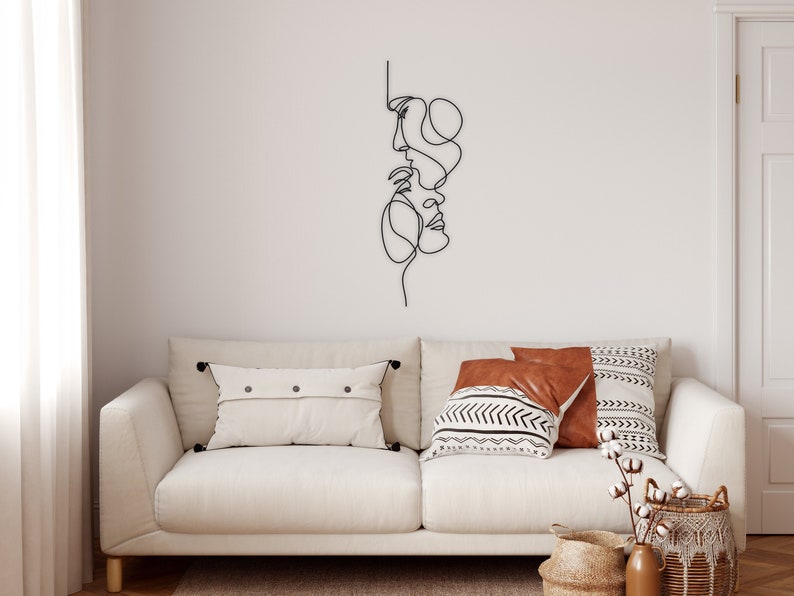
Image Source: Google
Wall art decoration has been a fundamental aspect of human expression for centuries, evolving from classic styles to contemporary forms that reflect the changing tastes and trends of society. The history of wall art decoration can be traced back to ancient civilizations, where murals and frescoes were used to depict stories, religious beliefs, and daily life. These classic forms of wall art were often intricate and detailed, showcasing the skill and creativity of the artists who created them.
As time passed, the styles of wall art decoration began to change, reflecting the evolving cultural and artistic landscape. During the Renaissance period, for example, wall art decoration became more refined and realistic, with artists like Leonardo da Vinci and Michelangelo creating masterpieces that are still admired to this day. The Baroque and Rococo periods saw a shift towards more ornate and decorative wall art, with intricate patterns and elaborate designs becoming more prevalent. Refer: https://artcansing.com/.
It wasn't until the 20th century that wall art decoration began to take on a more contemporary form, as artists started to experiment with new styles and techniques. The rise of modernism in the early 1900s saw a departure from traditional forms of wall art, with artists like Pablo Picasso and Wassily Kandinsky pushing the boundaries of what was considered art. This period also saw the emergence of abstract art, where artists sought to express themselves through non-representational forms and colors.
By the mid-20th century, wall art decoration had become a key element of interior design, with artists and designers collaborating to create unique and innovative pieces that could enhance any space. Pop art, with its bold colors and graphic imagery, became popular in the 1960s and 70s, while minimalism and conceptual art gained traction in the following decades. These new forms of wall art decoration challenged traditional notions of beauty and aesthetics, pushing viewers to think differently about the art they were experiencing.
Today, wall art decoration continues to evolve, with artists and designers drawing inspiration from a wide range of sources, including technology, politics, and popular culture. Street art, for example, has become a prominent form of wall art decoration, with graffiti artists using walls as their canvas to make bold statements and challenge societal norms. Digital art has also become increasingly popular, with artists using computers and software to create stunning visual effects that can be displayed on walls in homes and galleries.
The materials used in wall art decoration have also changed over time, with artists experimenting with new mediums and techniques to create innovative and unique pieces. While traditional mediums like paint and canvas are still widely used, artists have also turned to materials like metal, wood, and glass to create three-dimensional installations that bring a new dimension to wall art decoration. Mixed media art, which combines different materials and techniques in a single piece, has also become popular, allowing artists to create truly one-of-a-kind works that blur the lines between art and design.
Overall, the evolution of wall art decoration reflects the changing attitudes towards art and creativity over the centuries. From classic styles that celebrate tradition and skill to contemporary forms that challenge convention and push boundaries, wall art decoration continues to be a vibrant and dynamic form of artistic expression. Whether you prefer the timeless beauty of a Renaissance masterpiece or the bold statement of a modern abstract piece, there is a wealth of wall art decoration to explore and appreciate, each piece offering a unique glimpse into the ever-changing world of art.